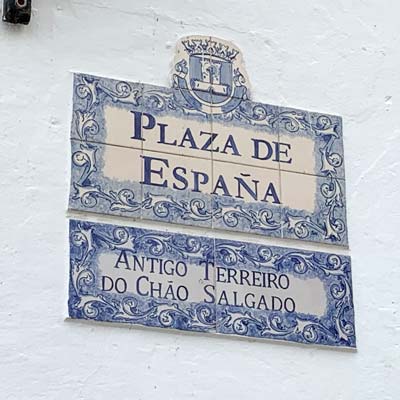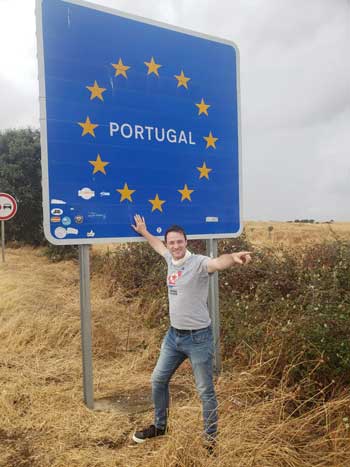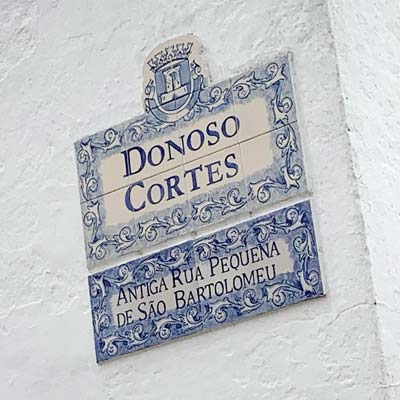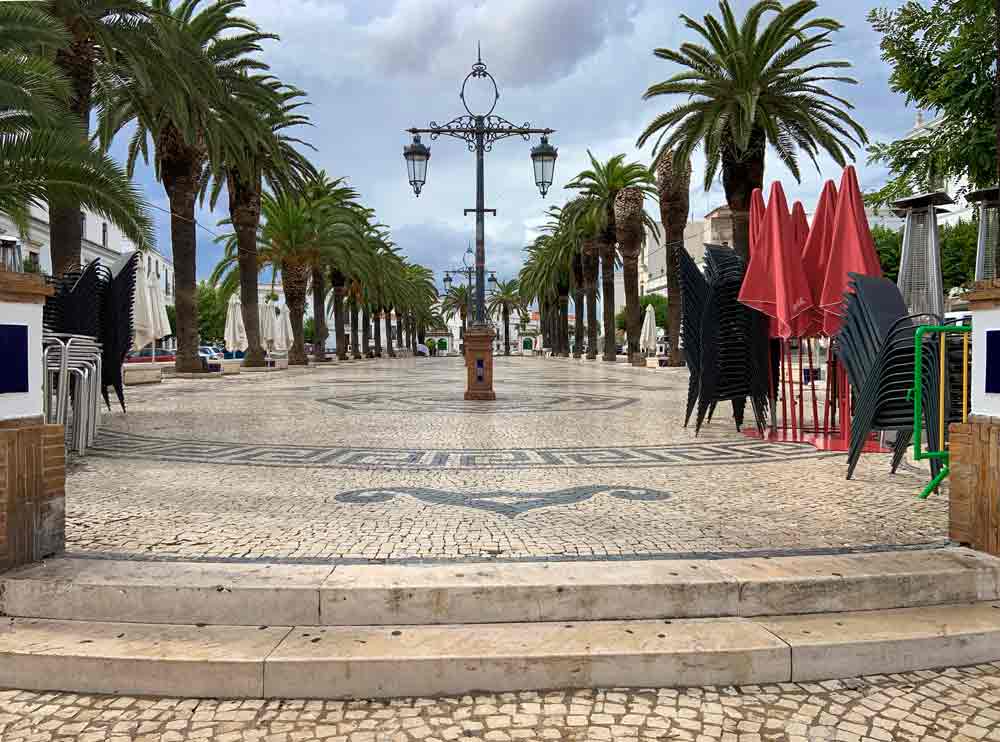Apart from a little pushing and shoving between France and Germany, the map of western Europe has looked pretty similar since the days of Napoleon. The border between Portugal and Spain is in fact the oldest frontier in Europe, dating back to the 1300s when the kings of both countries, who were cousins, tired of fighting one another and agreed to fix the boundary.

Nowadays the border is marked by little more than a sign. With both countries in the EU Customs Union and the Schengen Zone there is no need for any formalities and traffic moves freely back and forth.

There is one stretch of this border however where there are no markings at all to be seen, at least on the Portuguese side. The reason is because Portugal doesn’t recognise the de-facto border in this area. In fact, there is an entire town which is administered by Spain but which Portugal lays claim to.
The origins of this situation date back to 1801 when Spain and Portugal were fighting a little war which was really a proxy for the ongoing conflict between the then superpowers of Great Britain and France. Spain managed to capture the town of Olivenza from Portugal, who soon conceded the transfer of the community in a treaty which tidied up various disagreements between the neighbouring countries.

A few years later Spain and Portugal were bickering again and Portugal claimed that Spain wasn’t complying with the treaty, which rendered it invalid – so they would like their town back, please.
Portugal’s claim was backed by the Great Powers at the Congress of Vienna in 1815 which drew most of the map of Europe as we know it. But Spain refused to budge, the big boys weren’t interested in intervening in a dispute over a remote village high up in the hills of the Iberian peninsula, and so the facts on the ground have remained the same to this day.

A visit to the town reveals a community that is unmistakably Spanish, with a beautiful tiled main square in the Andalucian style, and of course everyone speaking Spanish. But a closer look reveals the town’s Portuguese origins. The squares and footpaths are paved in a style seen in Portugal, and many of the street names are marked showing the old Portuguese name as well the modern Spanish one. It’s claimed that as recently as the 1940s a majority of the townspeople used Portuguese as their main language.
Spain and Portugal are of course close partners and aren’t going to be fighting a war over this town of 12,000 people any time soon. As far as Spain is concerned, there is nothing to discuss, but In Portugal the issue is more than a cartographic curiosity – there is an active campaign movement for the government to reclaim Olivenza.


